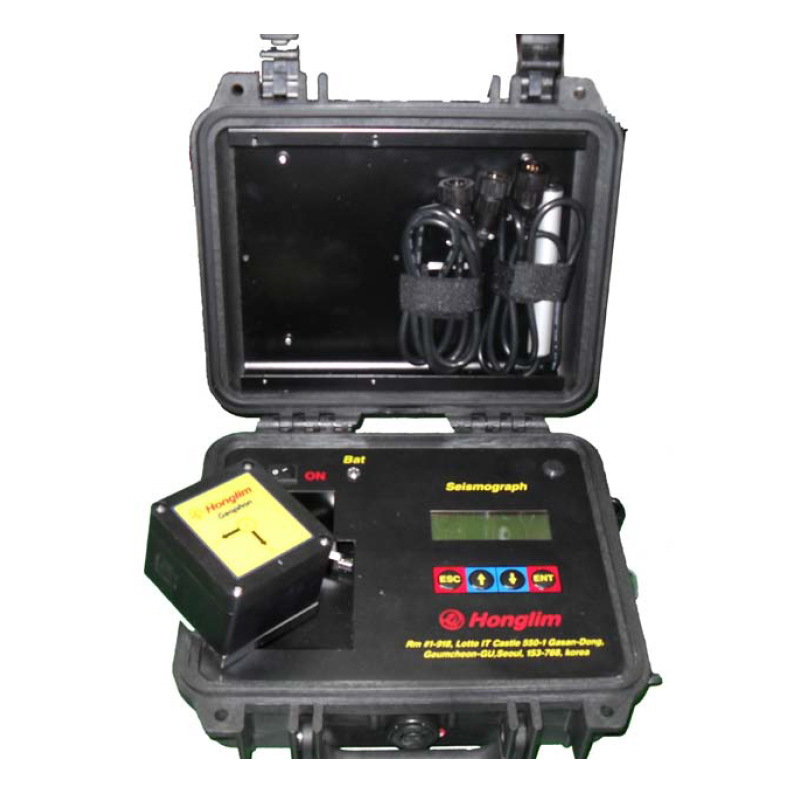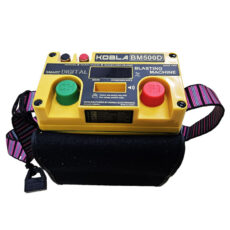Vibration Meter
A data collection system that is designed to overcome the inherent weaknesses associated with traditional sampling seismographs. This is a new combined analog/digital concept that ensures that peak measurements are captured accurately, and are repeatable. All standard sampling seismographs have the same problem, repeatability. Specifically, when two seismographs are placed side by side in a field situation, the difference in the peak measurements can be as much as 100%, depending on the frequency at the peak
Microprocessor: 8XC52 Family
Display: 4 Line by 20 Column Liquid Crystal
Keyboard: 1 X 4 Sealed Membrane
Communications: Serial RS232, 57600 Baud
Clock: Integrated Battery Backed Real Time Clock
Battery: 6 V, Rechargeable Lead Acid Cel, 200 Hrs per Charge
Battery Charger: Universal Voltage
Sensors: 3 Geophones (x,y,z Triaxial arrangement) 1 Condenser Microphone
A/D Converter: 13 Bit Self Calibrating
Anti-Aliasing Filters: (Velocity Channels)
Software Selectable Cutoff : 250 to 2500 Hz
Sample Storage Rate: 1024 SPS/Channel to 5000 Hz (Switchable)
Frequency Response: Velocity 3 to 250 Hz
Frequency Response: Mic. A-Weighted Fast Response 8 KHz Type 2S True RMS Sound Level Measurement, or Linear 3 – 250
Range: Geophone +/-100mm/s, Mic: 50 to110db(A), 90 to 140dB (Linear)
Resolution: Vibration 0.02 mm/s, Mic: 0.1 dB
Repeatability: Vibration: +/-5% Impulsive Input, Sound: 1dB
Base Level Noise: 0.1 mm/s
Data Storage: Over 300 Events, 2MB memory standard
PC Requirements: Windows 9X, Windows 2000, Windows XP



